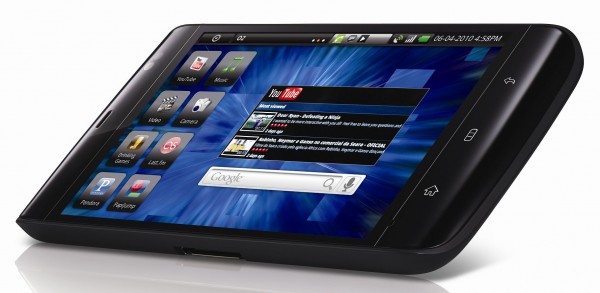I spent all day Thursday at San Francisco General Hospital (SF General) attending the annual Siemens West Coast User Group Meeting. The meetings are generally low key with a couple of formal presentations from Siemens customers located on the west coast, updates on upcoming releases of Siemens Pharmacy and BCMA system (MAK) and of course lots of discussion on hot topics.
For my part I re-presented the same slide deck that I used at Siemens Innovations only a few weeks ago. It wasn’t exactly the same, but pretty close. I did manage to make some minor changes. I also think it was a little smoother the second time around. Anyway, the other presentation was delivered by a Psych pharmacist at SF General. Apparently SF General has been experimenting with a Nursing-Pharmacist shadowing program. It’s an interesting concept. Following a survey assessing the perceived roles of nurses and pharmacists, and how well the two disciplines communicate, it was determined that there was a basic lack of understanding between the two professions. Really? Go figure. Based on that information SF General decided to enact a program where nurses spend time shadowing pharmacists and vice-versa. According to the presenter, the initial beta test went well and they are planning to go house wide with the program in January 2011.
Nursing and pharmacy have been at odds with each other since the beginning of time. Both groups operate in stressful environments where minutes seem to last forever. Pharmacists complain about nurses and nurses complain about pharmacists. It’s nothing new. The relationship between the two groups can be tenuous during good times, and downright vicious during times of high stress. The program at SF General sounds like a great way to gain a little understanding between the two disciplines. I applaud their effort and hope it works well. I’m looking forward to seeing the results of their experiment. Hopefully they will share the information with the rest of us.
Following the presentations a representative from Siemens gave the group an update on upcoming product releases for Pharmacy and MAK. The information was the same as that presented at Innovations, but no less interesting. I’m looking forward to implementing the newest releases of both systems as they offers functionality that I’ve been waiting for.
The hot topics segment of the user group meeting is always good as it raises some interesting items for discussion. Some of the topics are more controversial than others, but the discussion is always beneficial to those that chose to participate. It’s nice to know that you’re not the only one in the universe with a problem.
Overall I think the user group meeting was a success. I picked up a few little tidbits and did a little networking that may come in handy as I’m “working the spreadsheetâ€. *smile*
